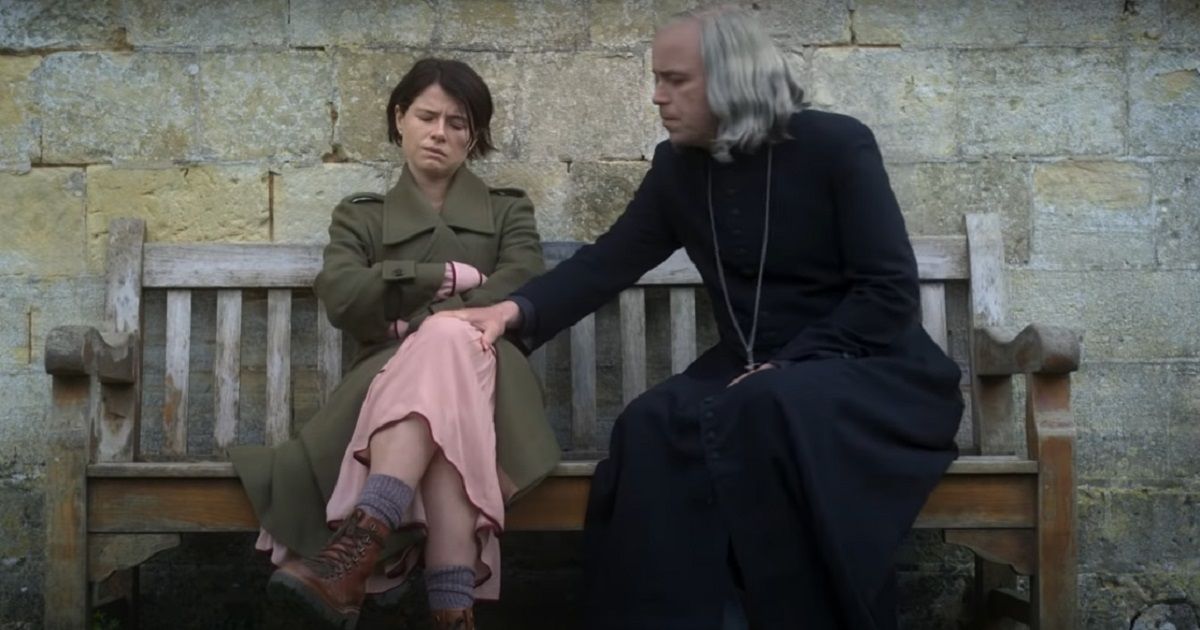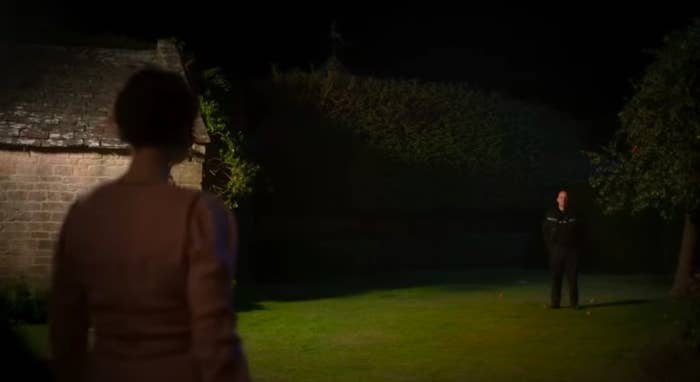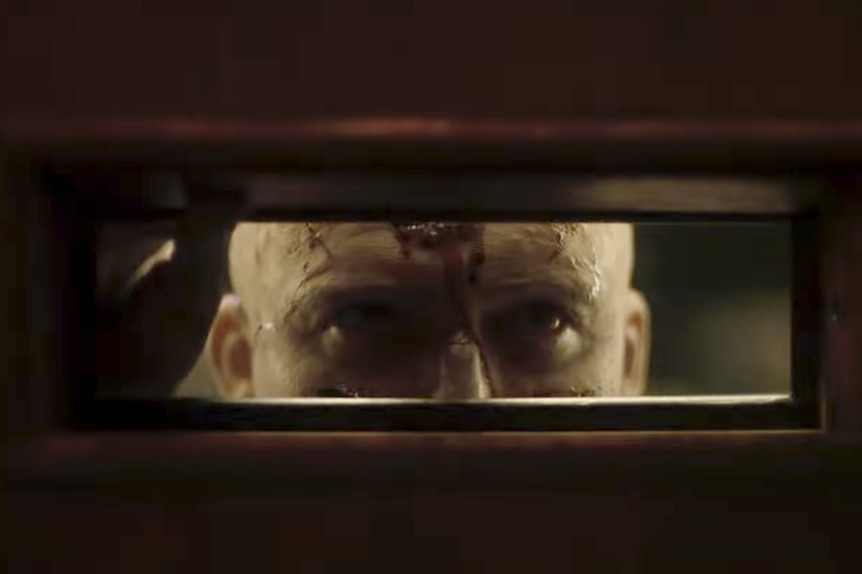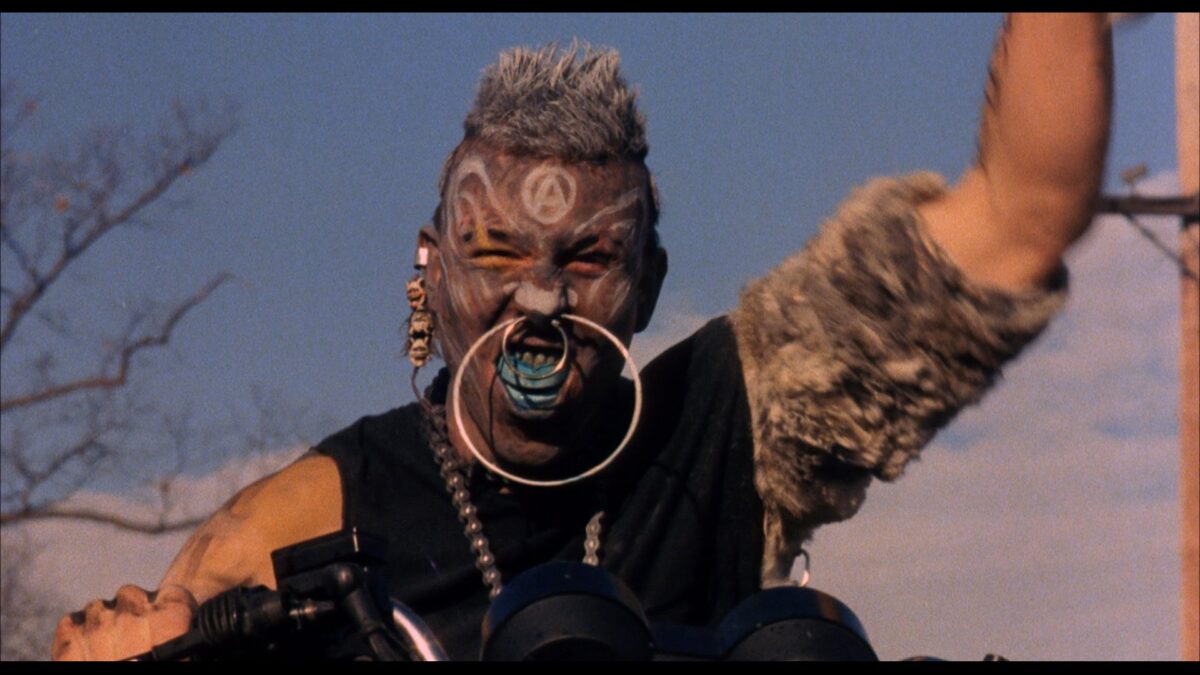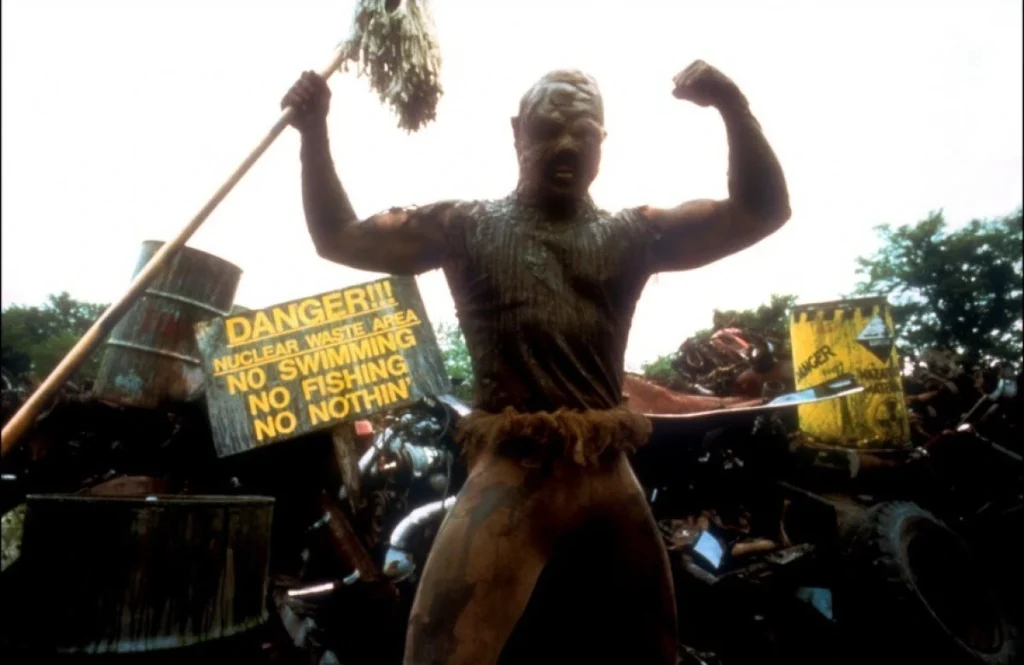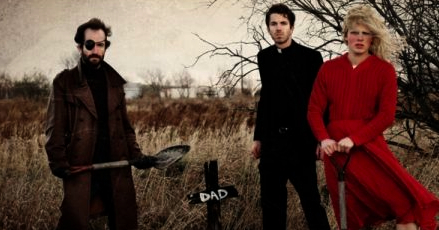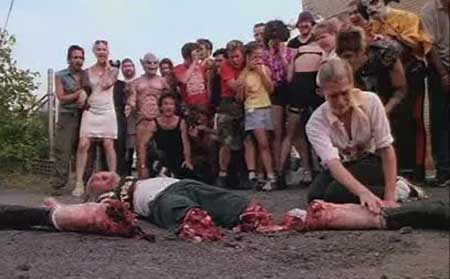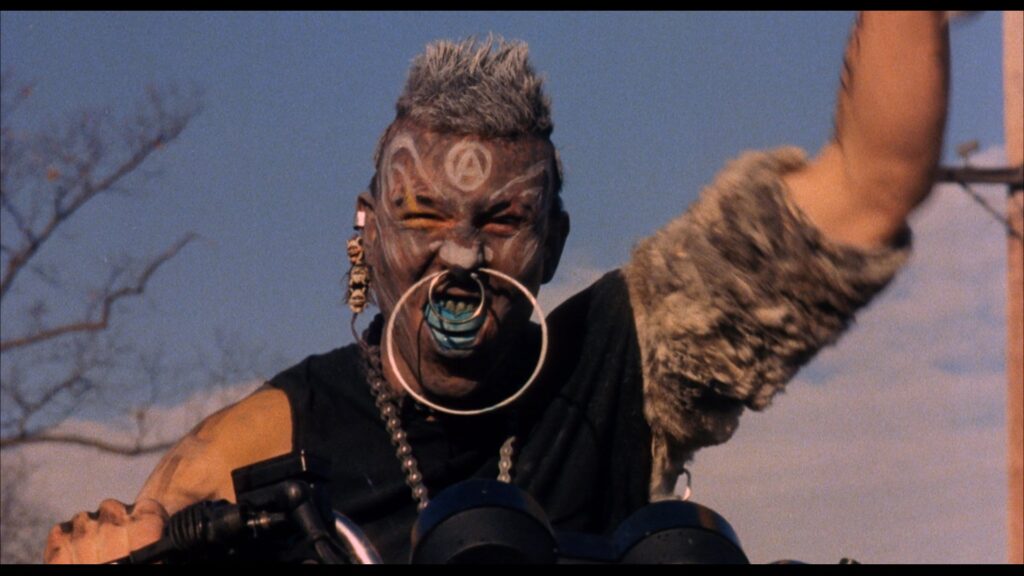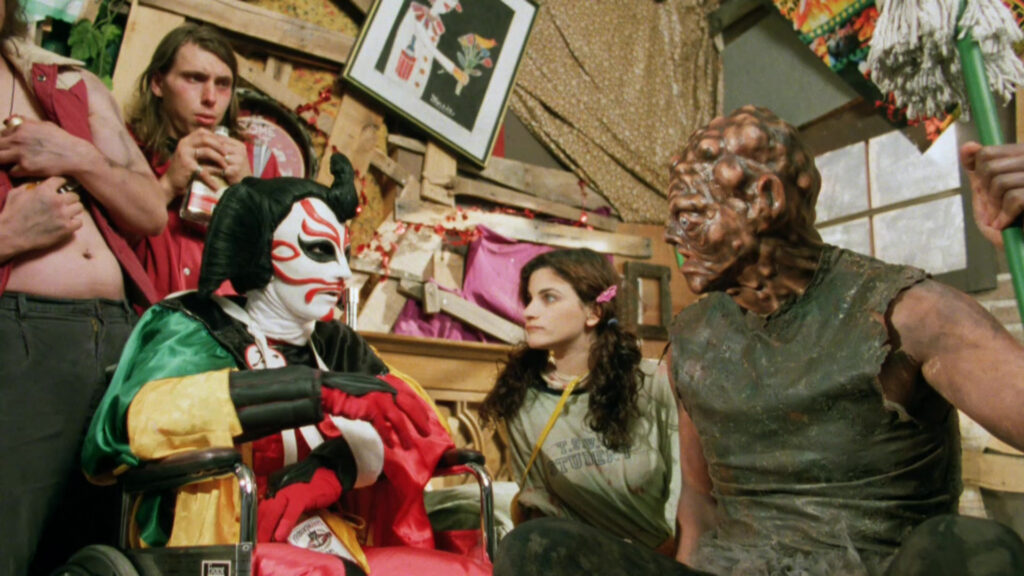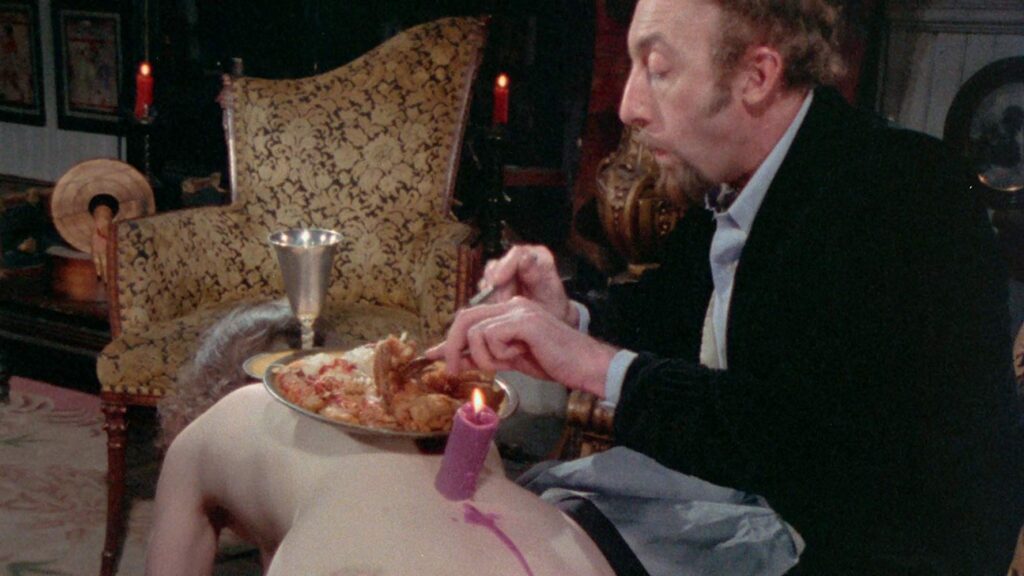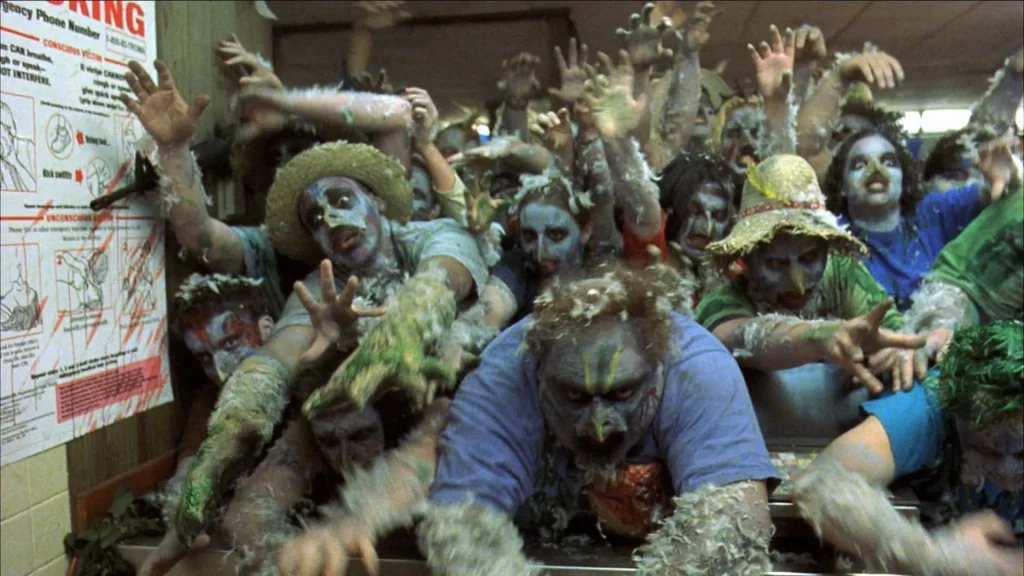
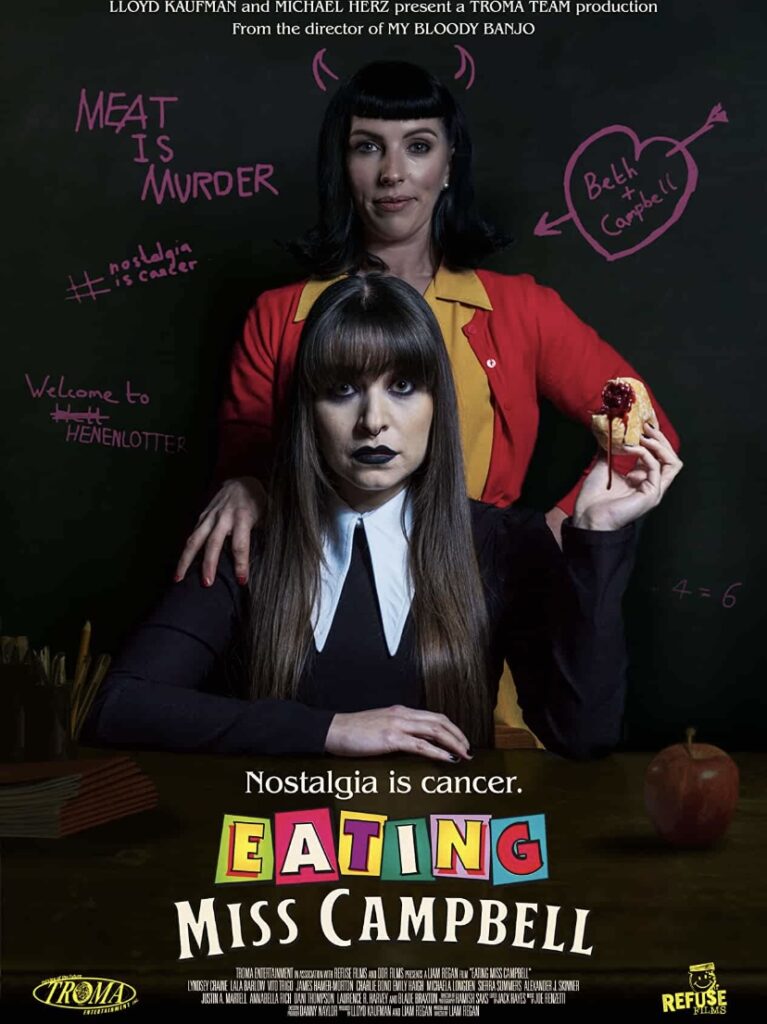
Beth Conner (Lyndsey Craine), a vegan-goth student falls in love with her English teacher Miss Campbell (Lala Barlow), and soon develops a forbidden taste for human flesh.
Backed by Troma Entertainment’s Lloyd Kaufman and Michael Herz is Eating Miss Campbell (2022), starring Lyndsey Craine, Lala Barlow, Vito Trigo, James Hamar-Morton, Charlie Bond, Emily Haigh, Annabella Rich, Dani Thompson, and Laurence R. Harvey, with a cameo from Kaufman himself.
The film takes the likes of high school hierarchy flicks such as Heathers (1988) and Tragedy Girls (2017), adds a dose of epic lunacy made notorious by Troma classics, coupled with a whopping punch of cannibalism, adolescent suicide, mass violence, and an infectious sense of daring humour.

The Yorkshire born and bred Liam Regan grabbed the horror world by the horns with his full-length feature debut My Bloody Banjo (2015), chronicling a bullied desk worker on his revenge seeking mission. The film was met with beloved reactions by those brave enough to sit through the bloody spectacle which saw acts of brutality be taken to another level, even garnering enough attention to be shown at the Cannes Film Festival in 2015, as well as having its world premiere at the one and only FrightFest. However, although horror fans take this as a stern compliment, the film was at first rejected by iTunes and Walmart due to its ferocity. This badge of honour only pushed Regan to continue his filmmaking pursuit with the upcoming classic that is Eating Miss Campbell, which has no qualms in pushing the viewer through an intense roller coaster where the maximalist approach is at full blast the entire time.

The kinetically charged feast goes through its leaps and bounds against the backdrop of Beth’s turbulent journey of a more-than-forbidden romance story, all the whilst juggling her rambunctiously vicious parents, the coven-like mean girls at school, and a multitude of perverted ‘associates’. It’s this audacious cacophony of themes and events that truly places Eating Miss Campbell as a mighty force, with no controversial matter too dark to explore. Censorship may seem like a bygone past time, but the current consensus is far from being fully expressive, at times it seems that filmmaking freedom is near impossible. Troma films have always aimed to displease, shock even, and without being a carbon copy or testing for the sake of it, Regan puts up a valiant fight to keep the film down there with the most gnarliest, loathsome, and most importantly compelling horrors that tackles and triggers as much as it can.

As established, the zealous gumption really is a sight for sore eyes, but just as stellar as the fruitful narrative are the performances, setting, and effects that all render together to create a mini universe so out of bounds and unique to the film. Lyndsey Craine sealed her status as an upcoming scream queen through her powerful performances in Book of Monsters (2018) and Zomblogalypse (2021), and with Eating Miss Campbell, it seems that her horror heroine capabilities are only on the rise. The character of Beth Conner is so enriched in meticulous sarcasm and a sense of clever wickedness, especially when it comes to her sharp tongue lashing out the most hilarious insults you’ll ever hear. Craine’s ability to nail the razor edged persona is a standout feat, and joining her on the performance path is every single other character, whether that be the fiery role of Miss Campbell herself (Lala Barlow), or the beyond creepy (and deadly inappropriate) teacher Clyde Toulon, played by Laurence R. Harvey, who many fans will recognise as the barbaric antagonist in The Human Centipede 2 (2011).

Eating Miss Campbell is a stroke of much-needed absurd darkness amidst all the socially conscious films entering the market. Still, Regan’s enigmatic efforts in creating a boisterous display are not without its depth. In fact, underneath the veil of obscurity is a witty subtext that uses a brave and bashful temperament to comment upon the dramaticness seen within educational settings, which ranges from the brave but truthful idolism of school shootings, the influx in assault, and the arising generational divide pitting misaligned toxicity against one another. The sheer audacity of topics is a mouthful, but for hungry audiences with an appetite for contentious dispositions, Eating Miss Campbell is a dream!
Check out the film and much more at this years festival, tickets here…


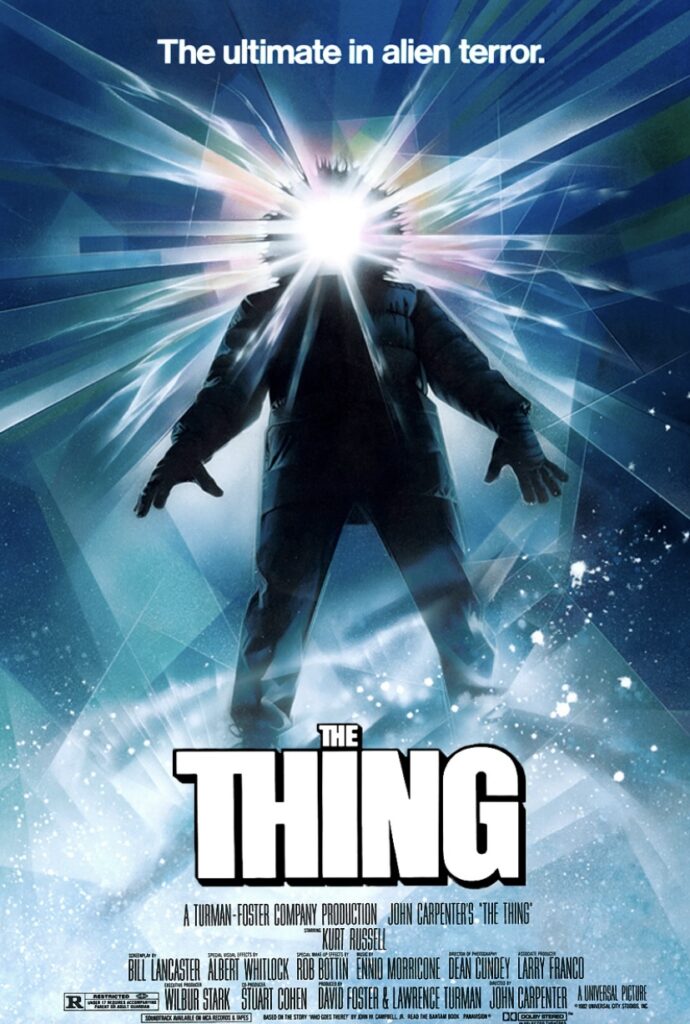











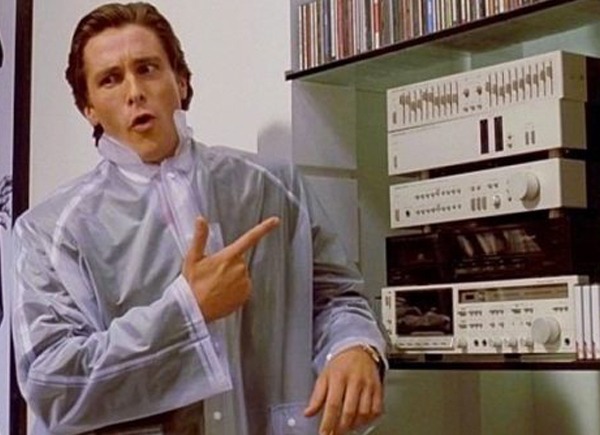
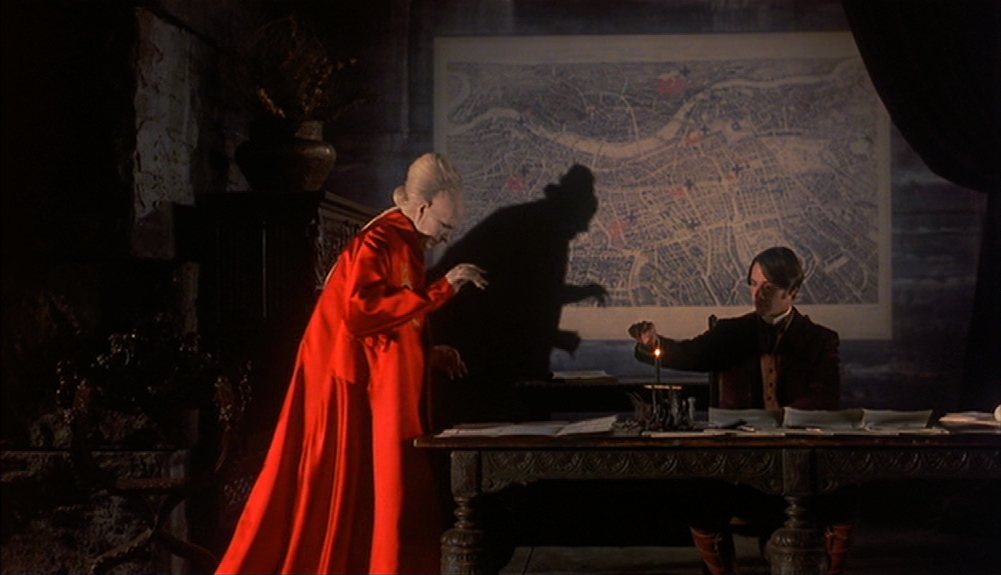
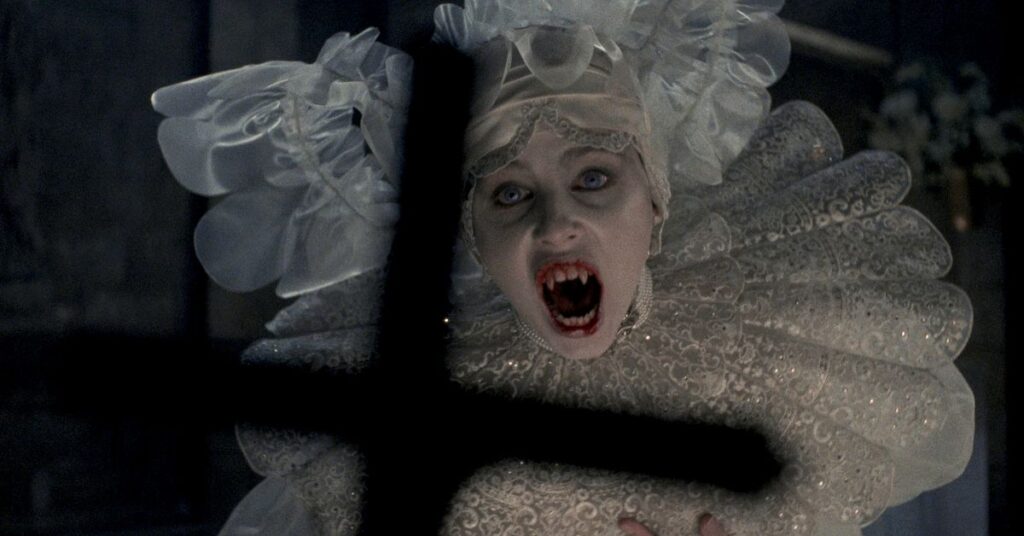
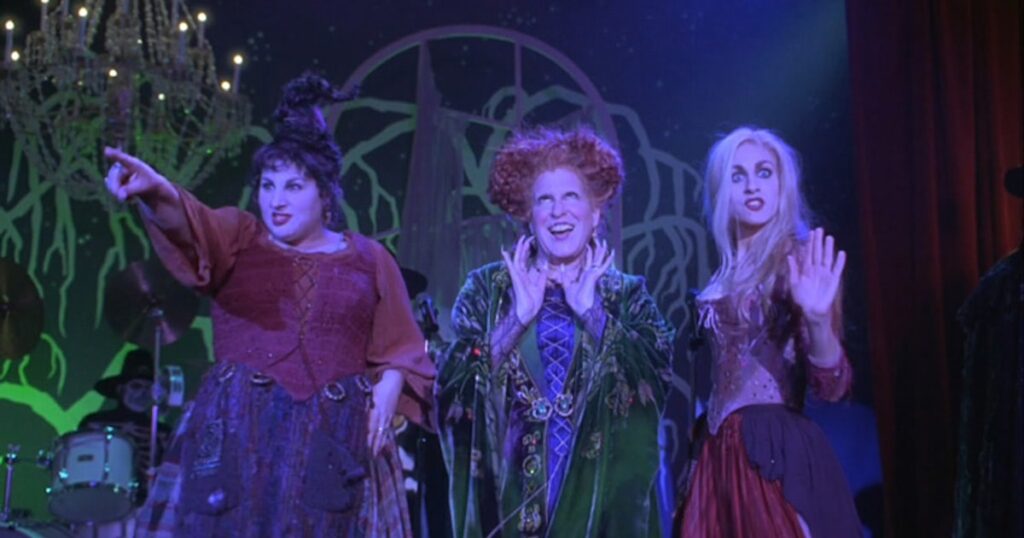
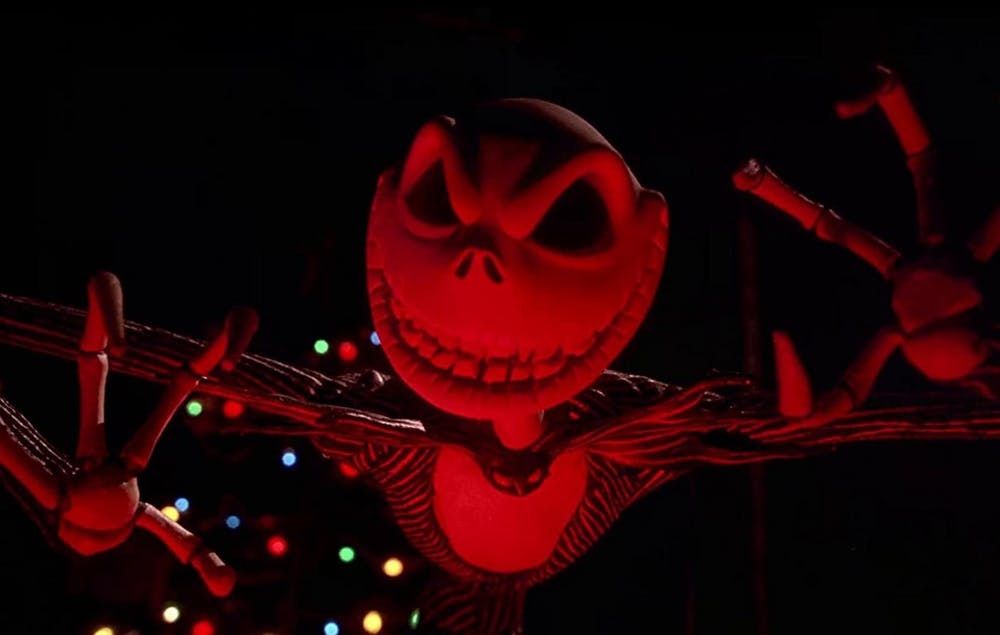
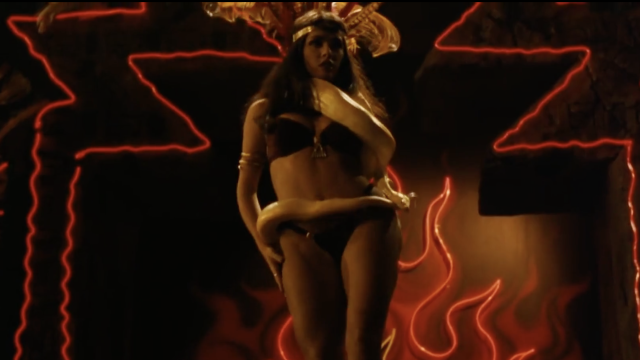
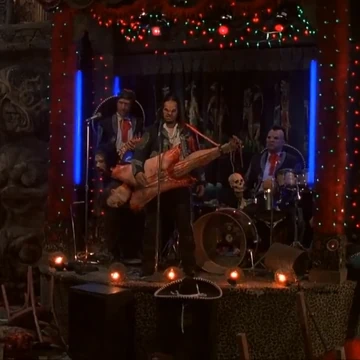
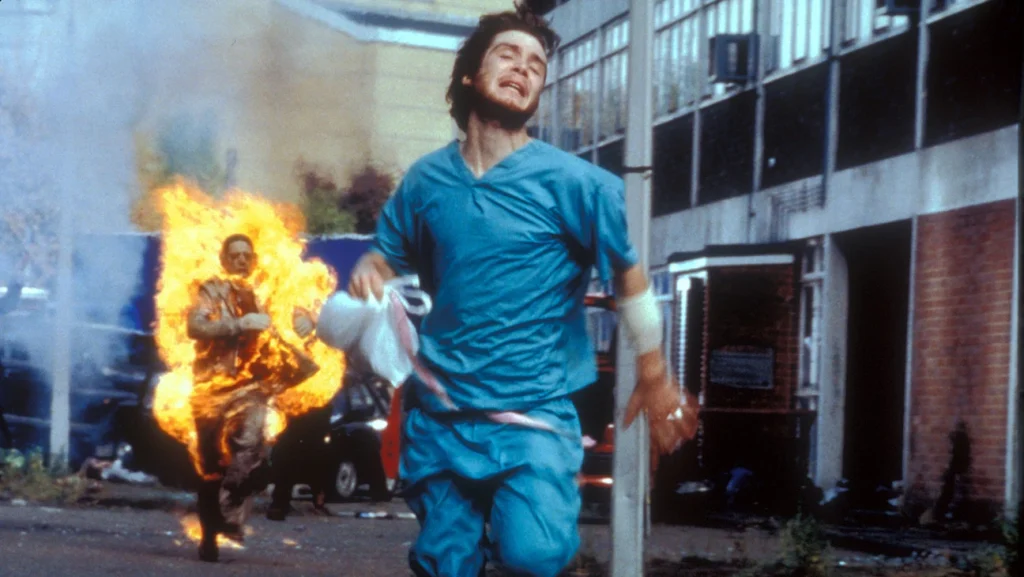
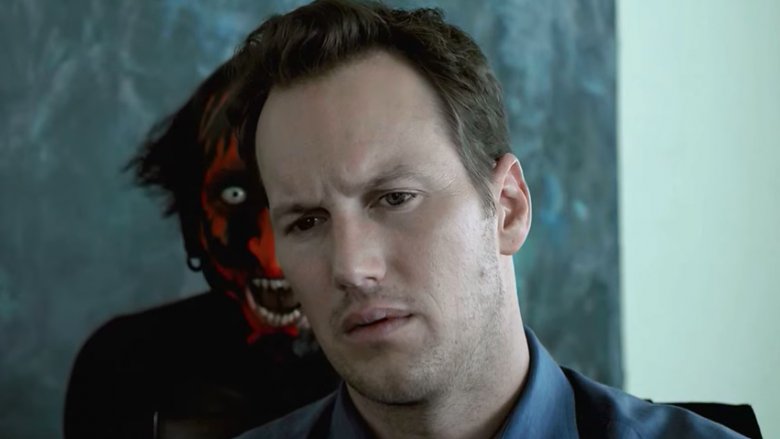
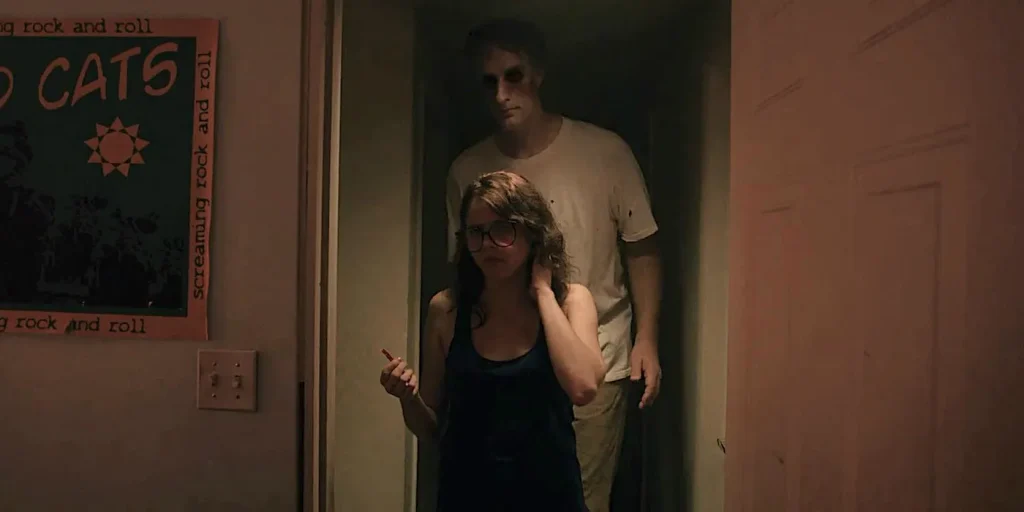
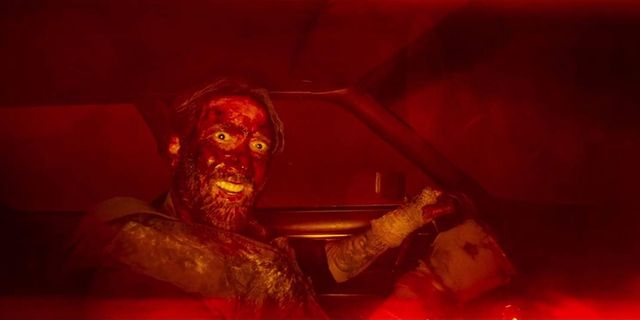
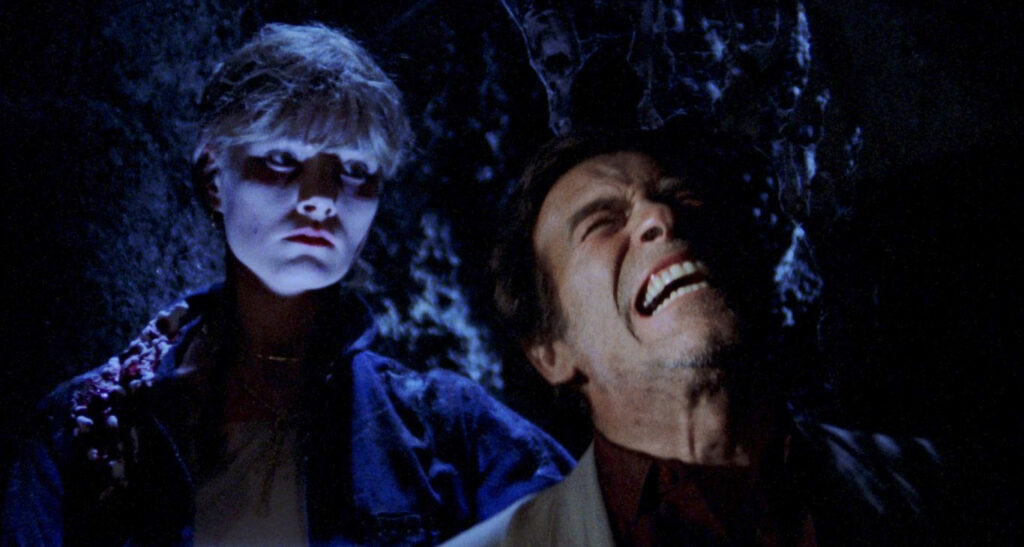
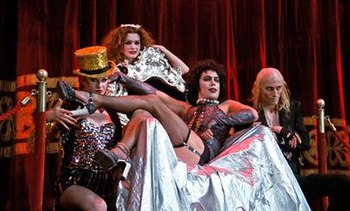
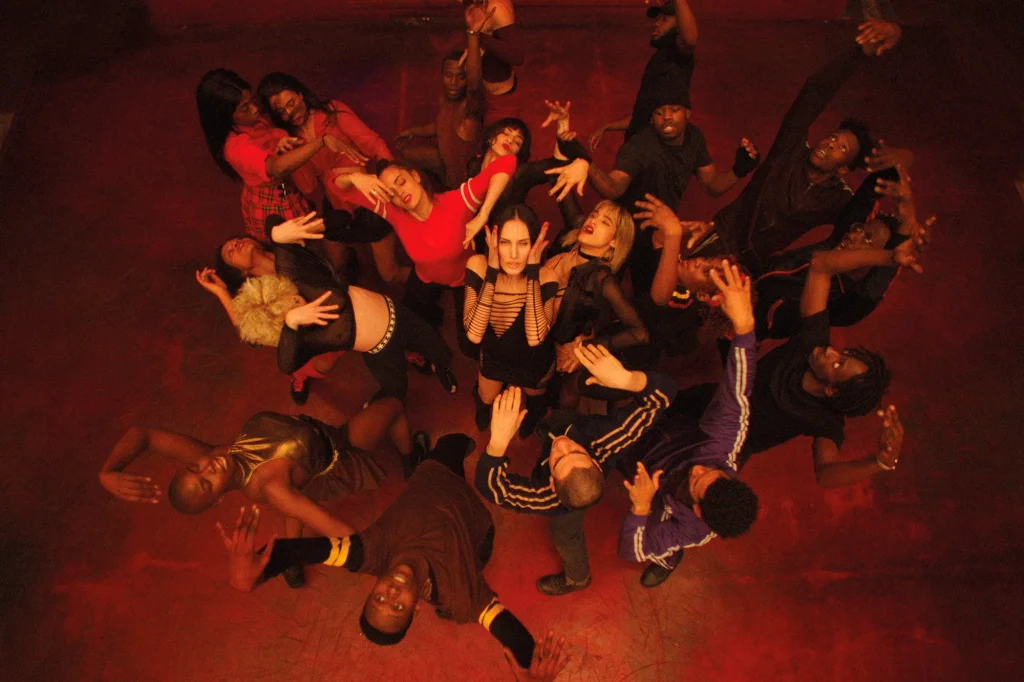
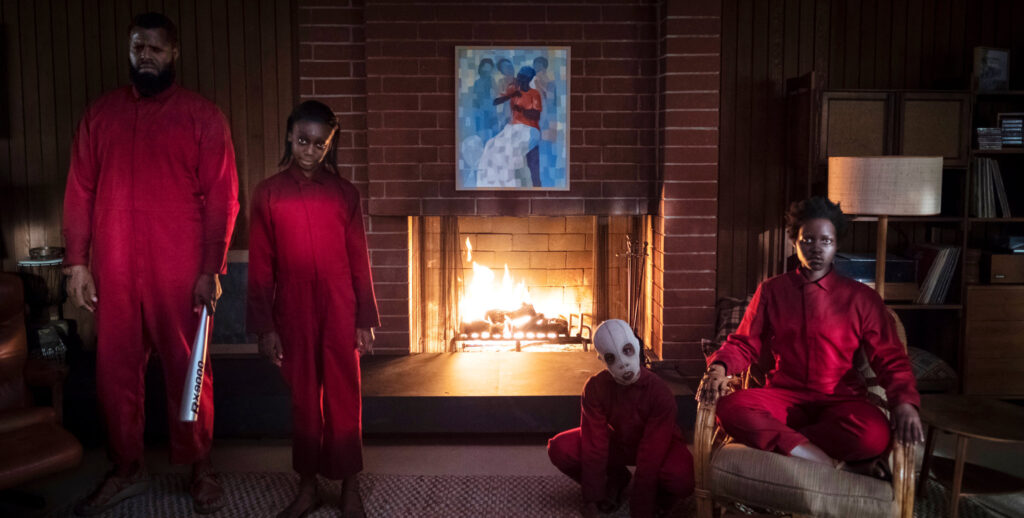
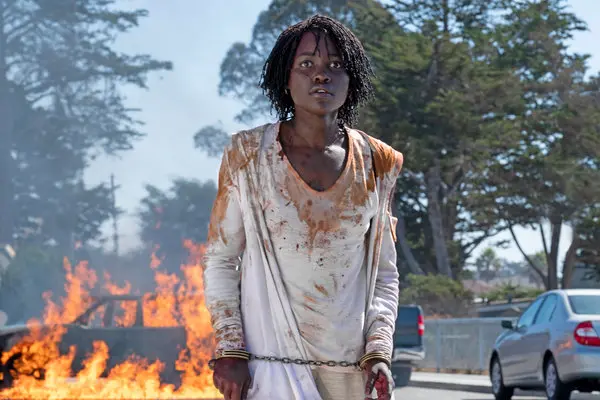
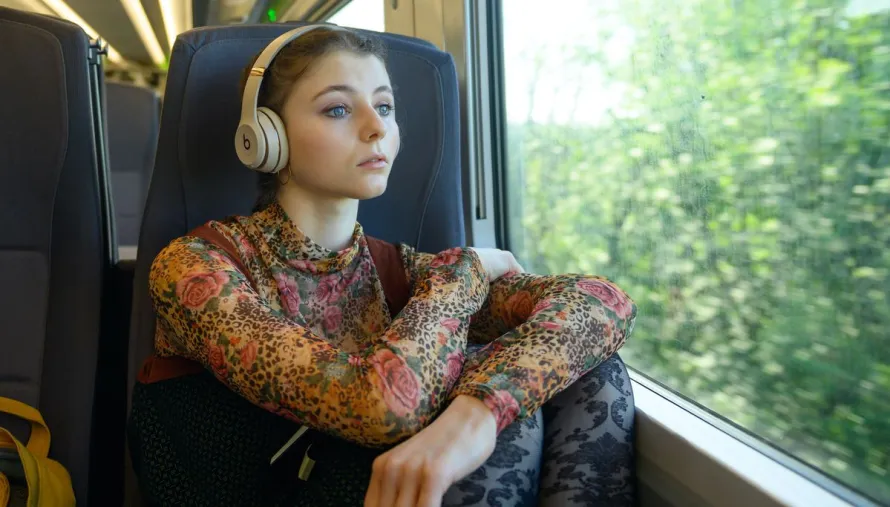
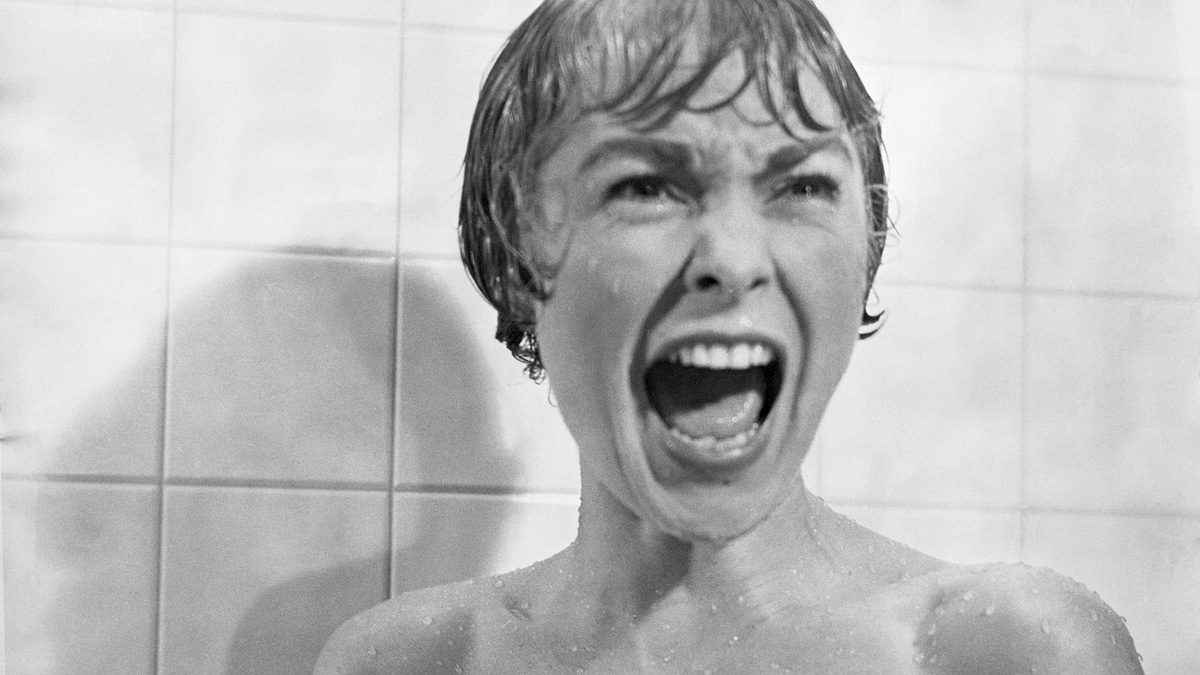








![An American Werewolf in London' and Its Iconic Transformation [It Came From the '80s] - Bloody Disgusting](https://bloody-disgusting.com/wp-content/uploads/2020/03/american-werewolf-london-e1585840708232.jpg)
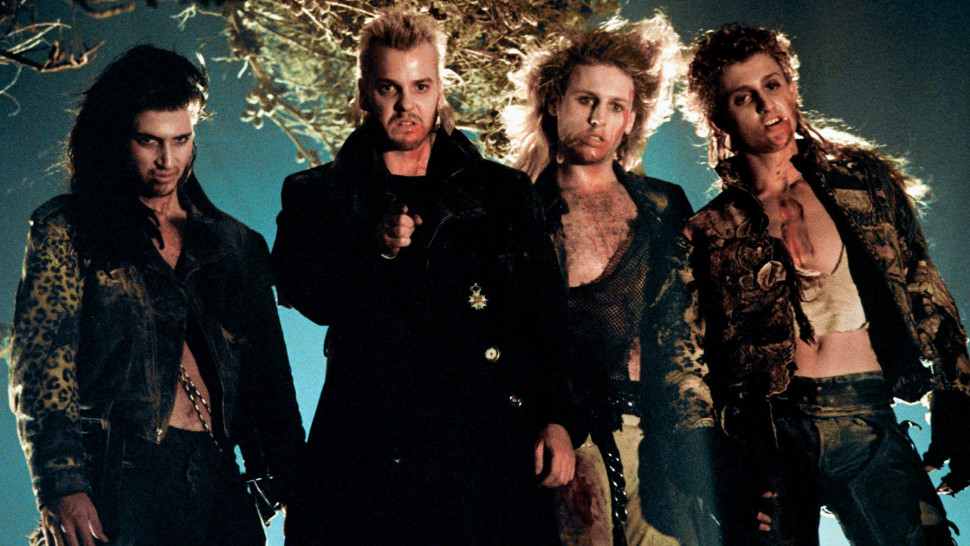




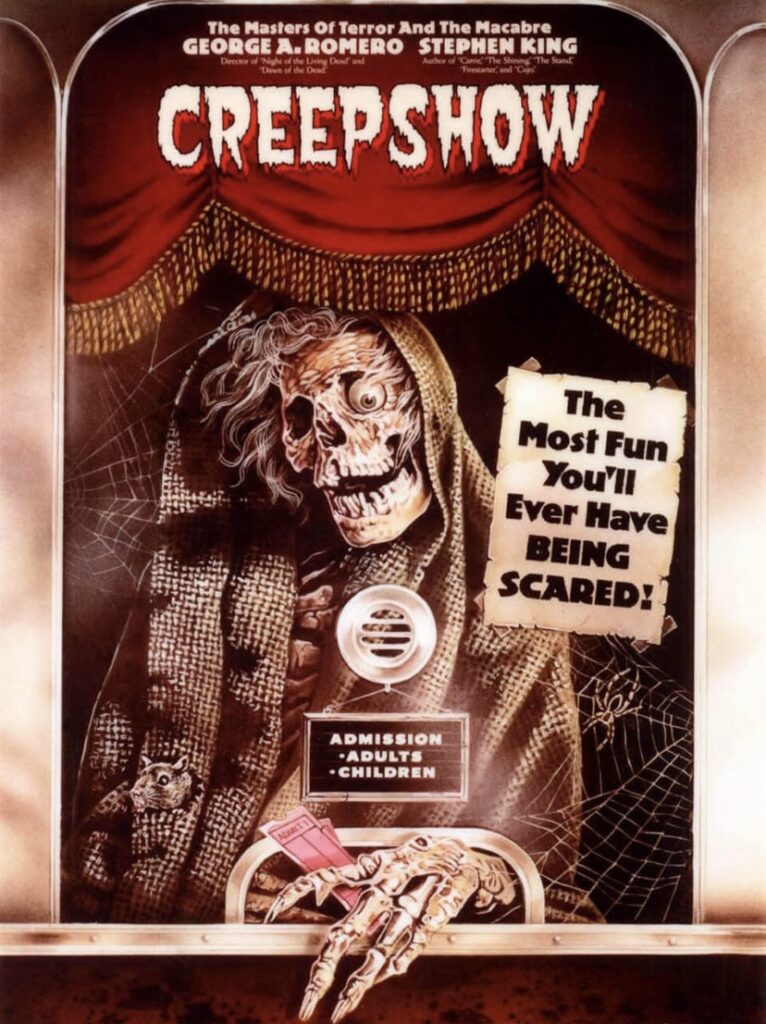
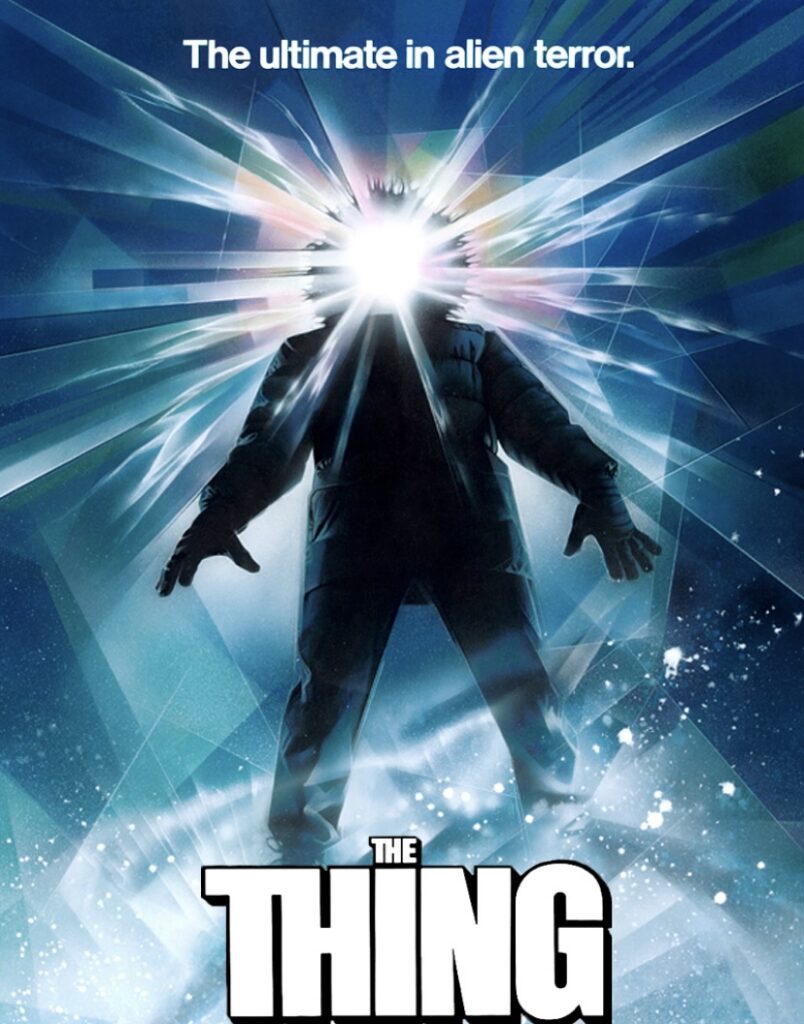

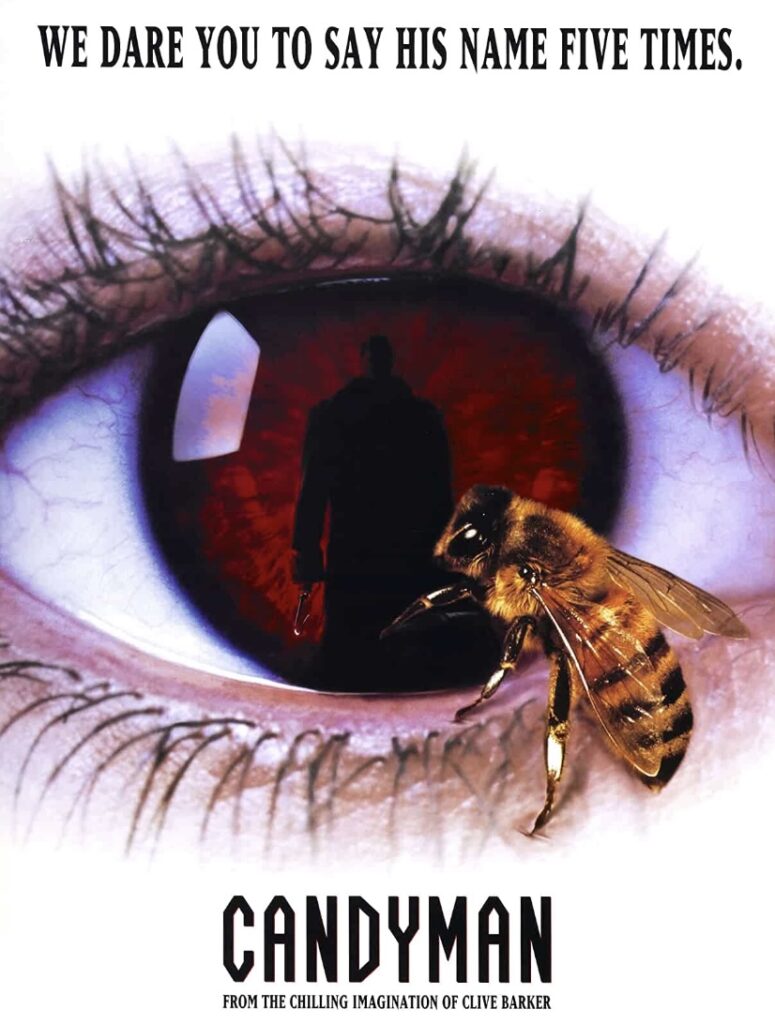
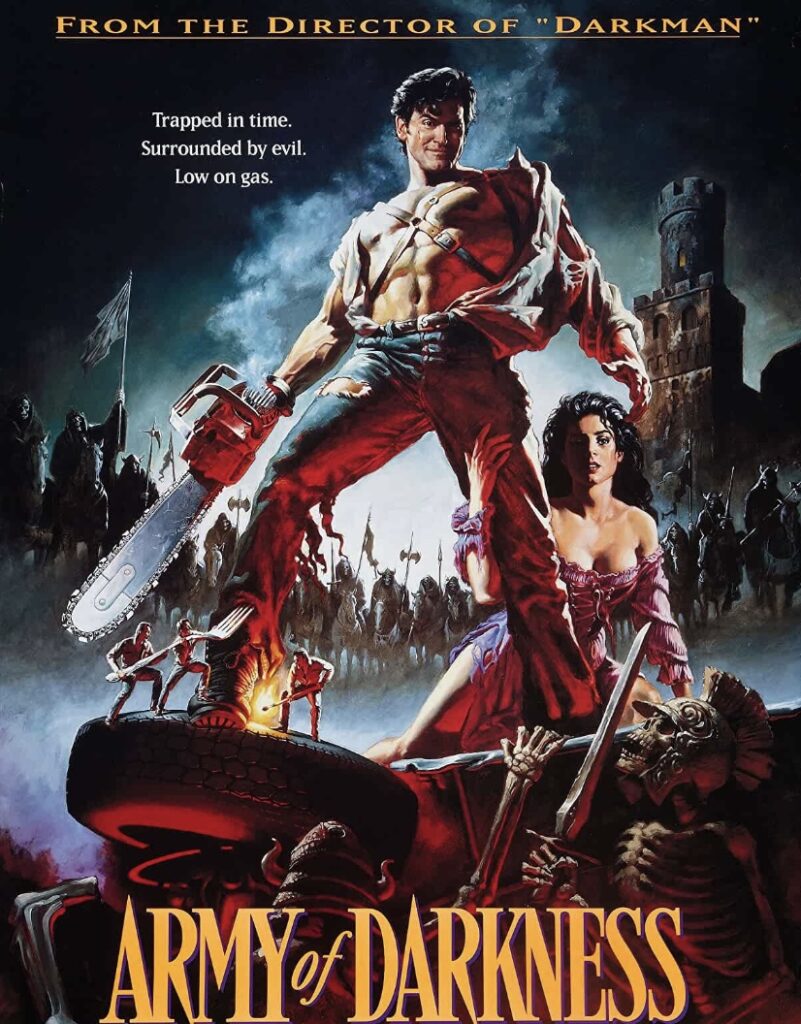
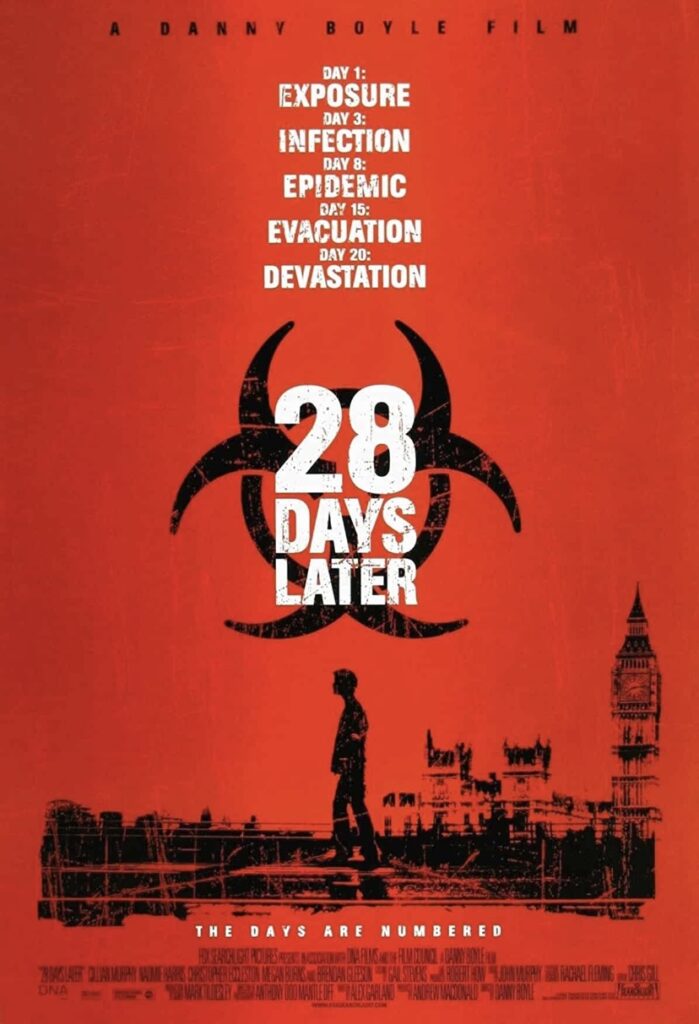
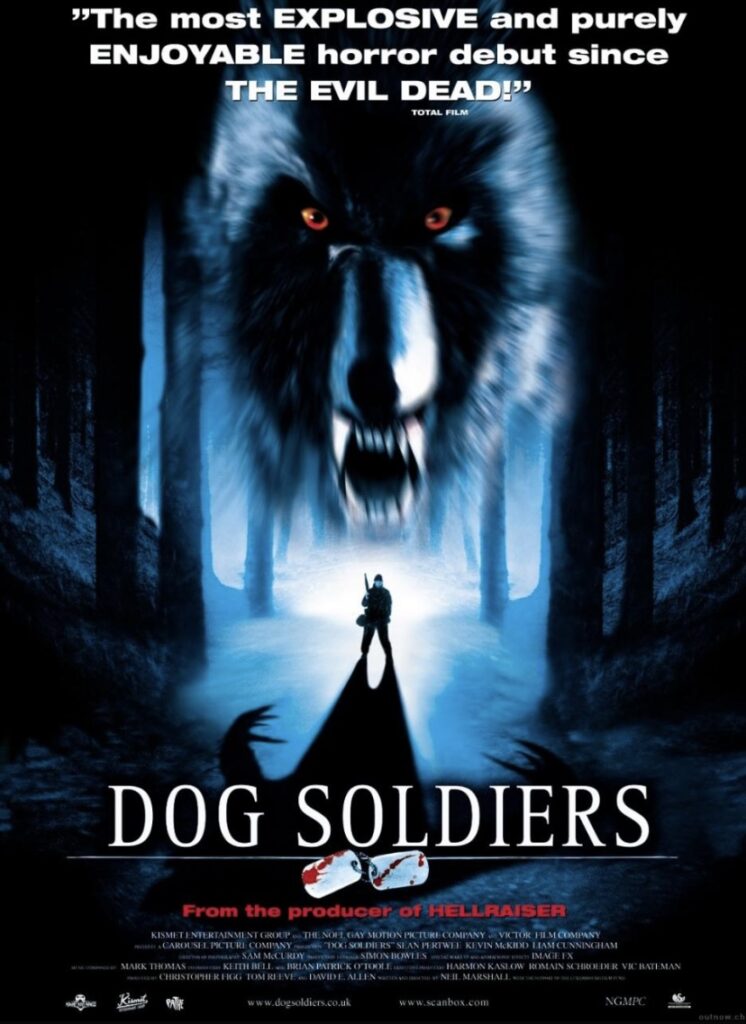
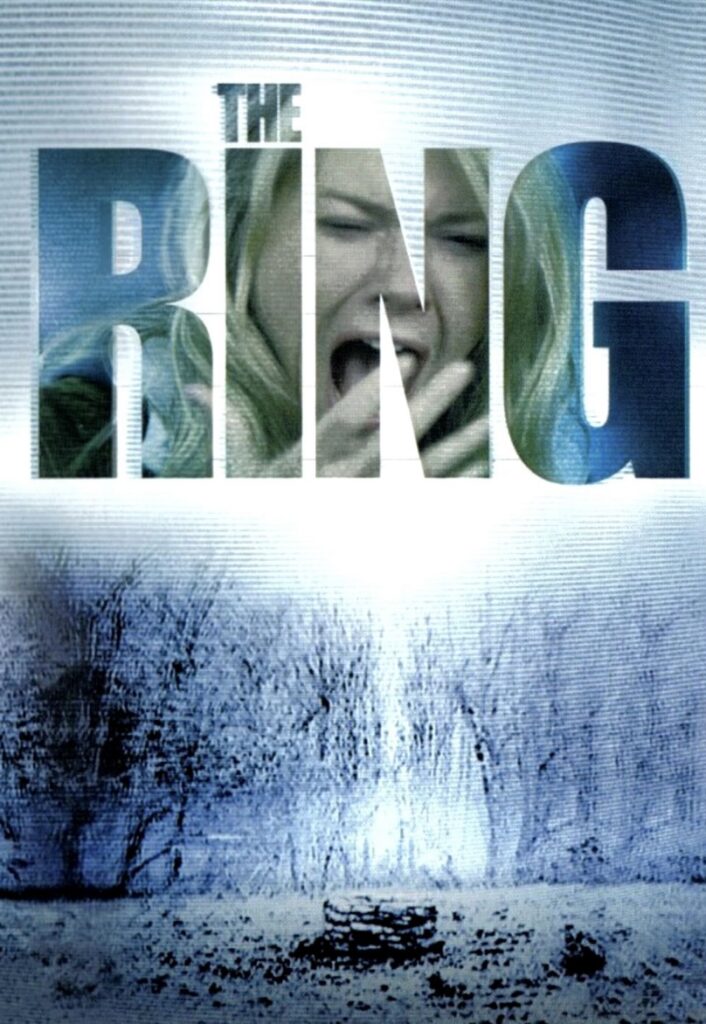
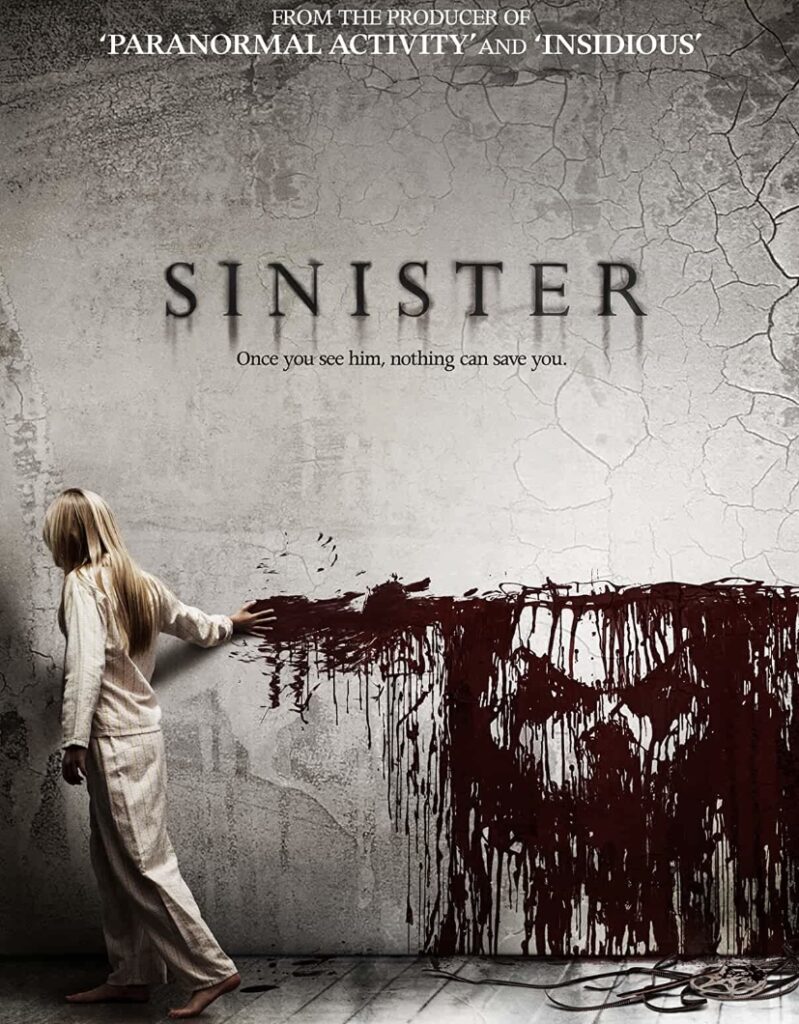

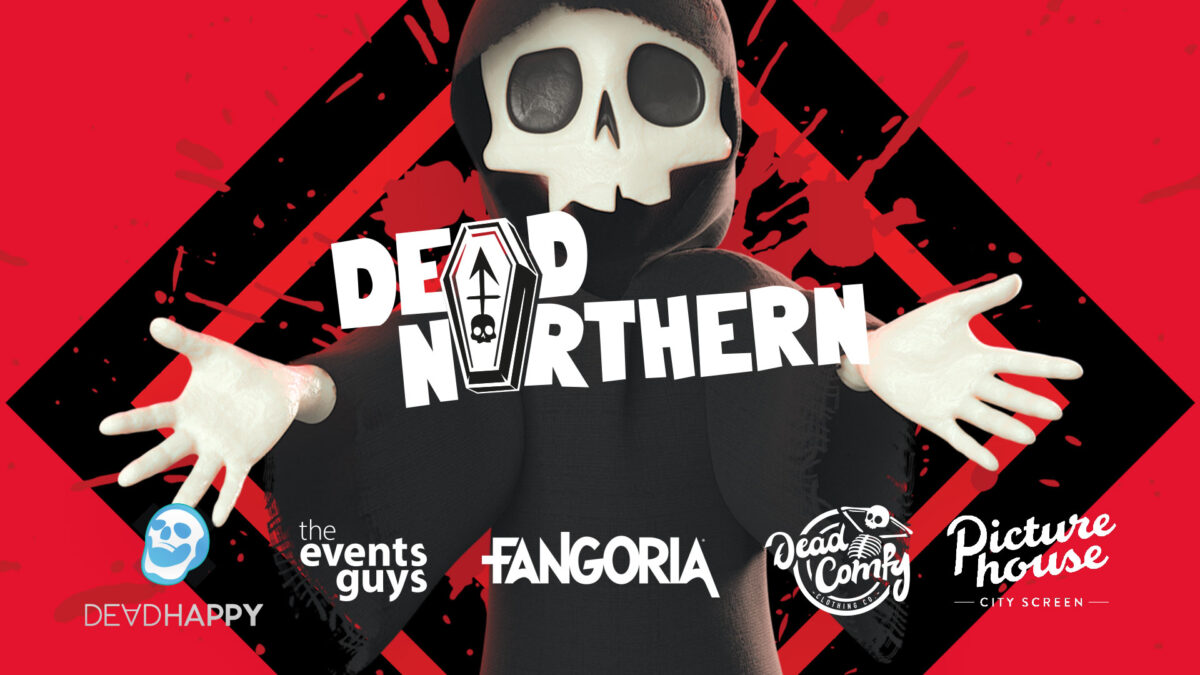

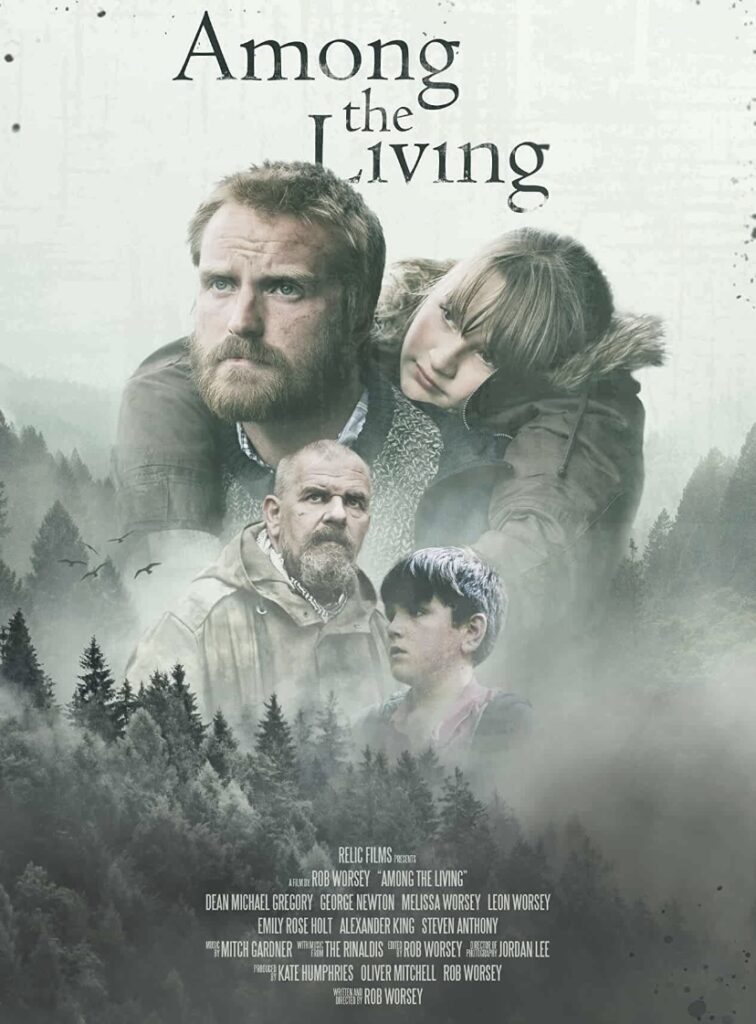
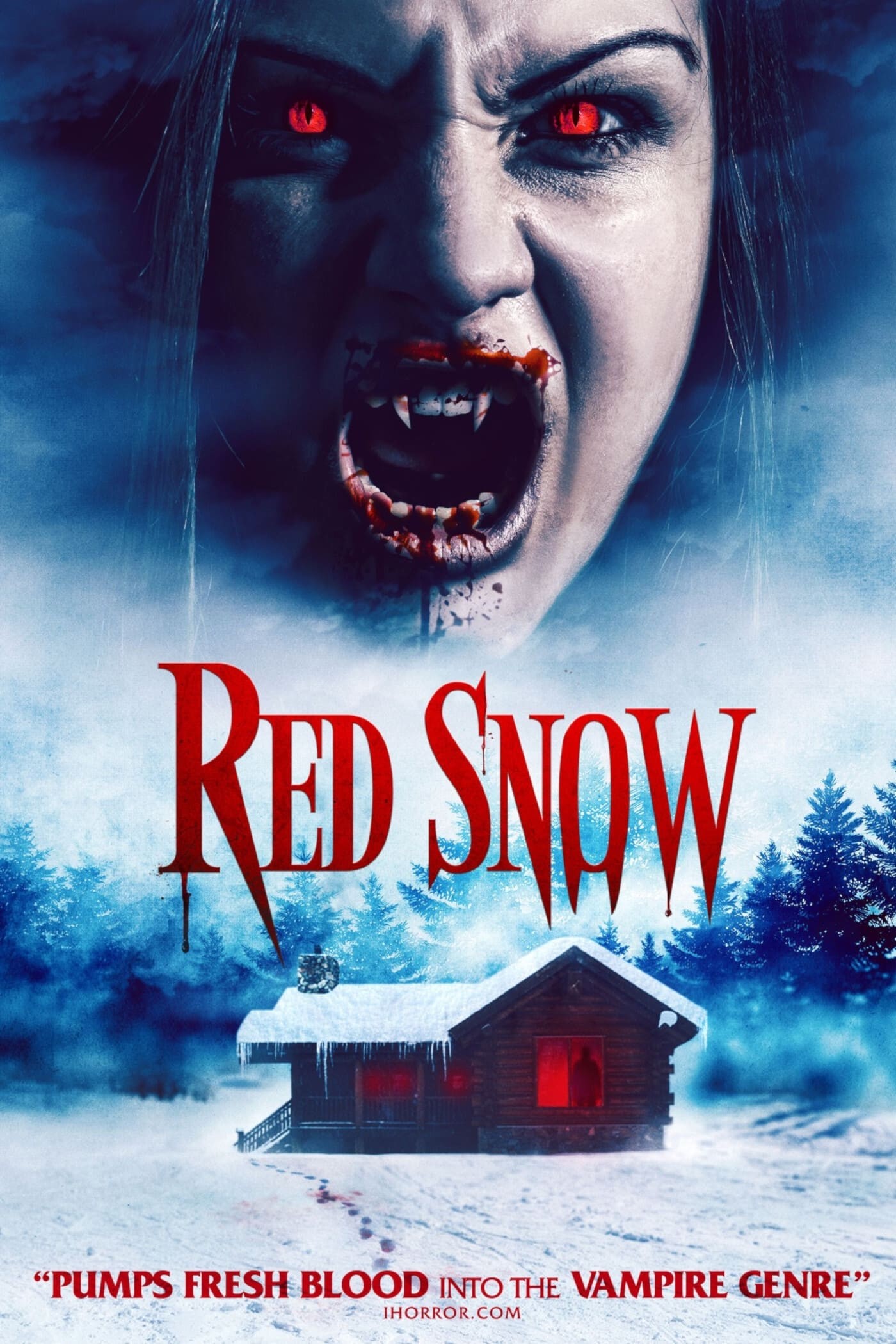



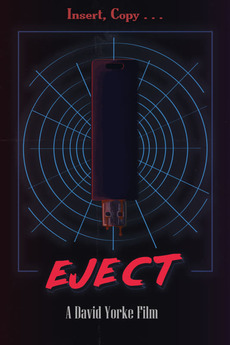











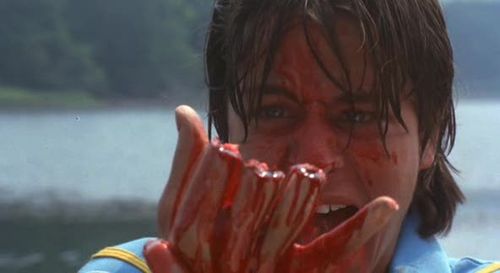



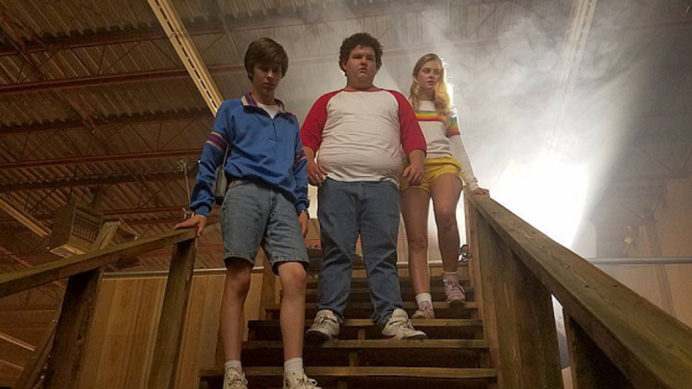
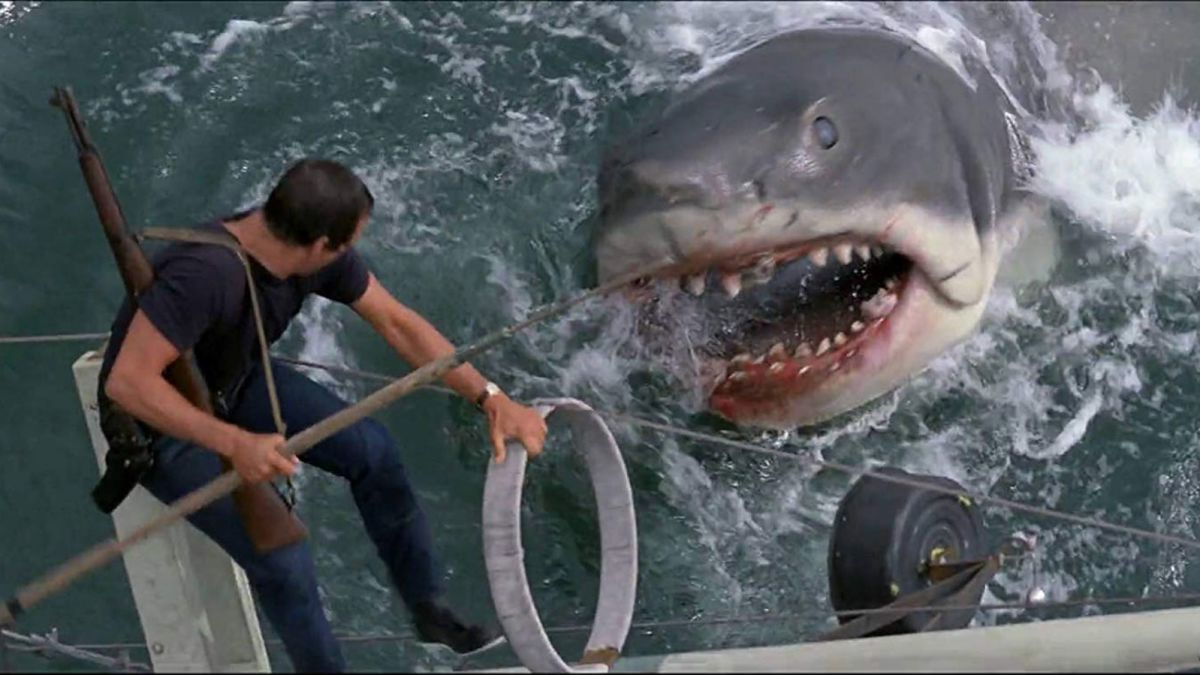





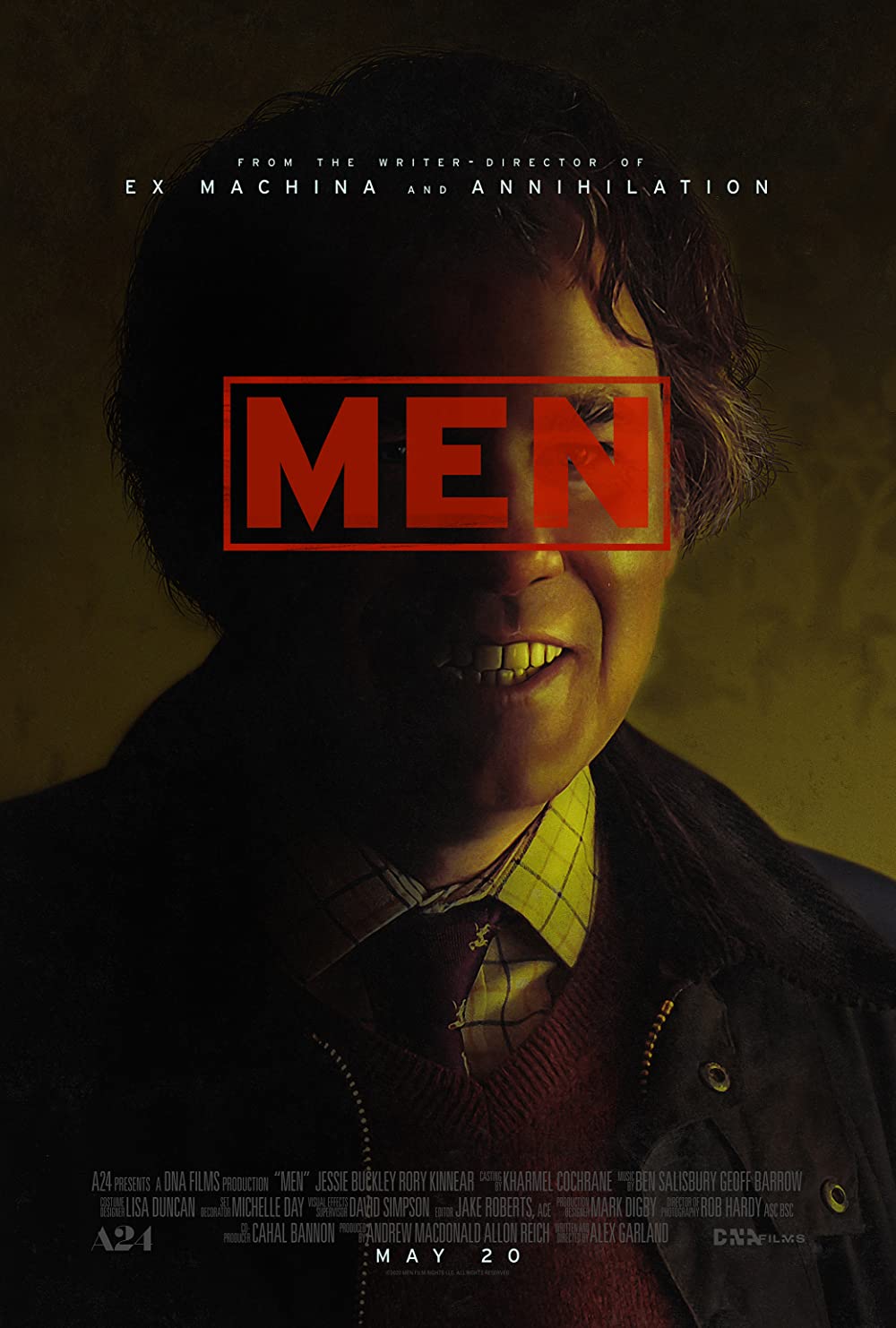
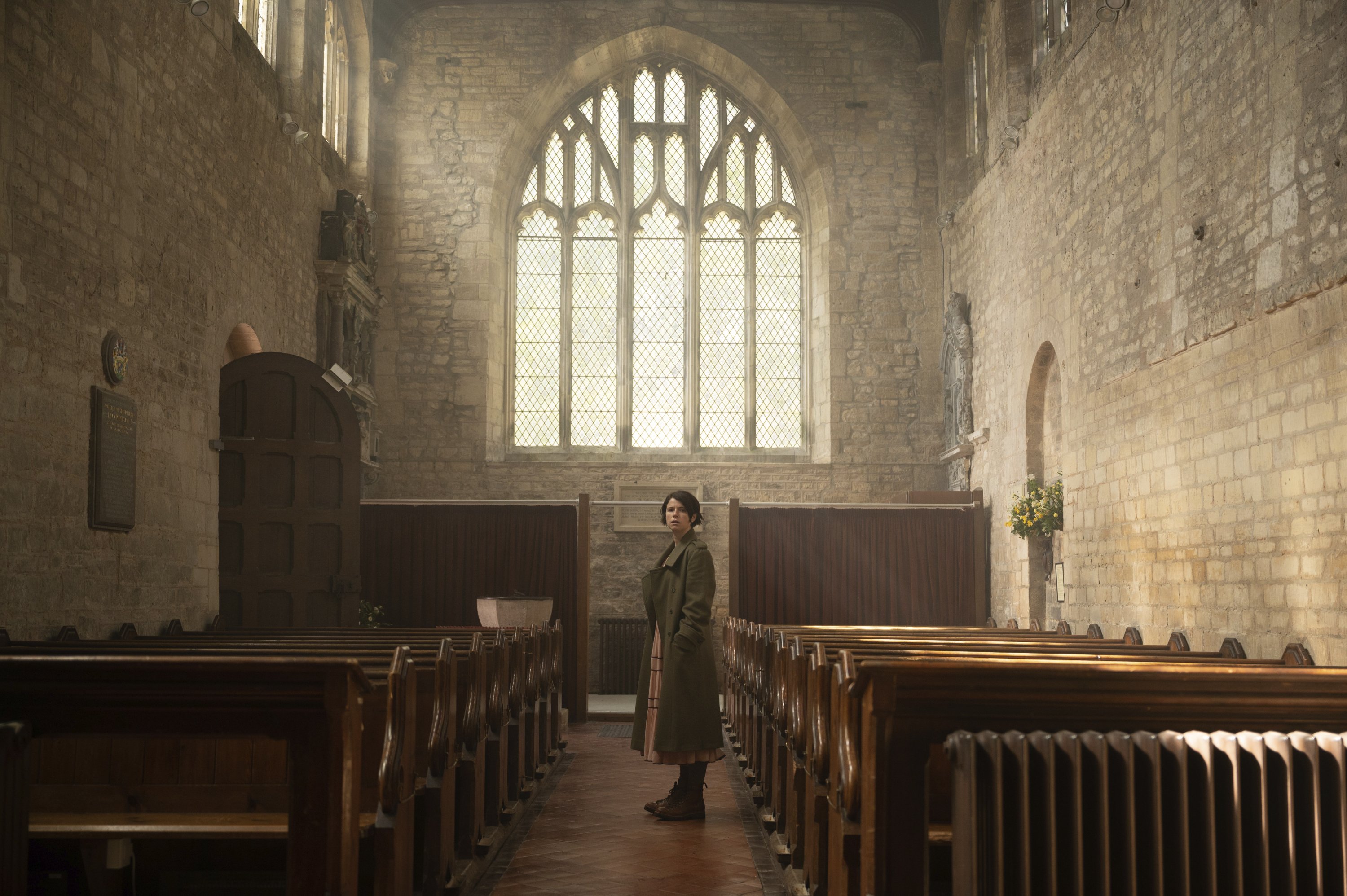
/cdn.vox-cdn.com/uploads/chorus_asset/file/23447715/Men_Leafhead.jpg)



